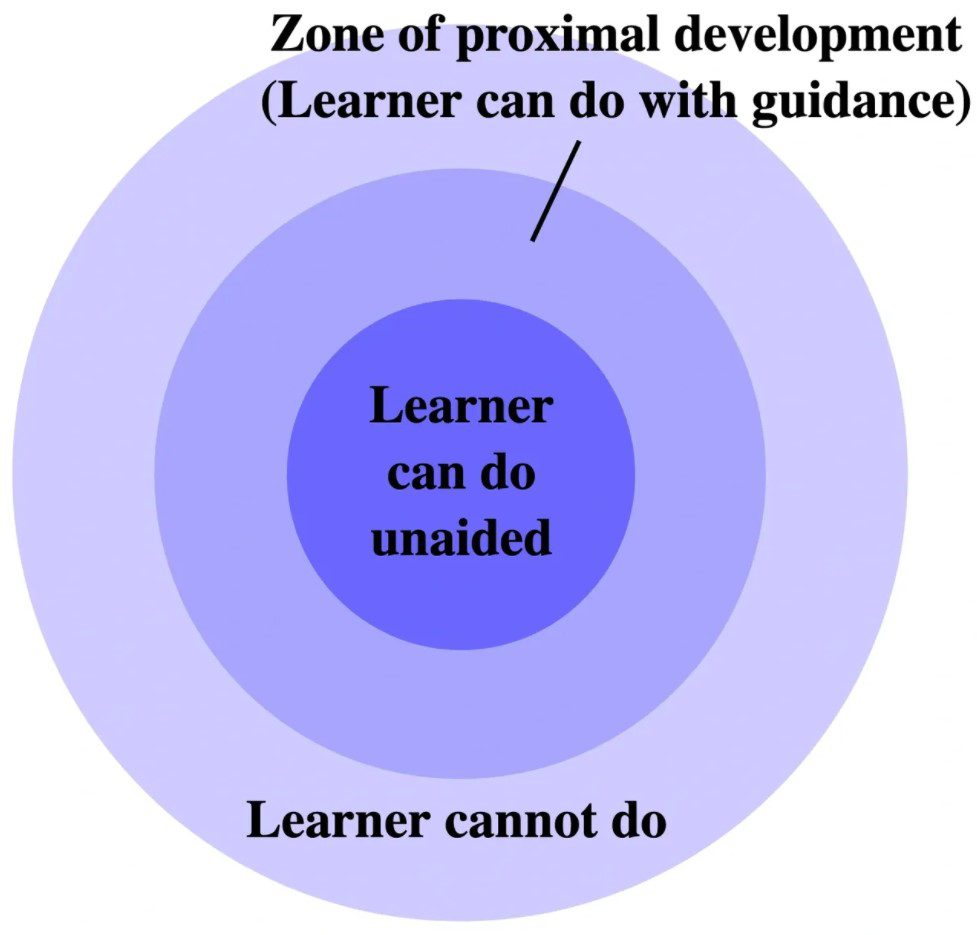
A loud pop followed by the smell of burning plastic: that was the way the majority of my projects ended in my first university electronics course.
I was new to the physics major and had not yet taken the theoretical course on electricity and magnetism. The weekly lectures were of little help and I often left the hall feeling more lost than when I entered.
Those lectures were followed by 6 hours of grueling and intricate electronics labs where I struggled to make sense of color-coded circuit diagrams that were supposed to easily map to my breadboard. It all looked so natural for my classmates. The only thing that seemed to come naturally to me was setting my tiny capacitors and inductors on fire week after week.

My saving grace was the kind lab aid who took pity on me and sat next to me for hours after my classmates had gone, walking me through each step.
I ended up passing the course with an A-, while knowing almost nothing about circuits, electronics, or their components.
At my university, you could become a lab aid for any course in which you earned a B or higher; you might be able to guess which course I was assigned to as a lab aid a year later. I was eligible on paper and was now responsible for aiding a course that I felt totally inept in. I accepted the placement with some major trepidation.
To prepare each week, I worked through the labs in my own time with occasional help from a classmate or professor. They now came easily and were actually… really fun. I was shocked to find that I was skilled at circuitry after all.

So what was the difference between the first and second time I worked through the course? It was obviously not my innate ability or the amount of help I received. The second time I completed the labs I was ready for them. The second time I was learning at a level that was not too difficult or too simple, but like Goldilocks, was just right.
The Zone of Proximal Development
Back in the late 20s and early 30s, Soviet psychologist Lev Vygotsky formulated a theory about the Zone of Proximal Development (ZPD). It states that we learn the fastest when we study something that challenges us but doesn’t overwhelm us. We should need some assistance, but not so much that we get discouraged.
A zone of proximal development is that sweet space where a student cannot complete the task on their own but can complete it with minor nudges from a knowledgeable person.
Let me illustrate again.
If I try to do a pull-up today, I won’t lift myself even a centimeter off the ground. If I hang on the bar for an hour, pulling with all my might, I will still not budge and I will give up in defeat.
But if I use a pull-up assistance band, I can begin to learn the proper technique and form. With proper technique and form, my muscles will strengthen, and eventually, I will accomplish a pull-up with no assistance.
By staying in my Zone of Proximal Development, I have challenged, but not overwhelmed myself. Growth stays fun, and I accomplish my goals more quickly.
Scaffolding
A student learning math or reading is the same way. Say a student is learning to divide fractions and gets stuck on which numbers to multiply. Instead of showing the student how to complete the whole problem, the teacher might ask leading questions that the student can answer that will push them to a correct solution.
There is a certain level of skill the student can attain on their own, but in order for them to reach their potential, they need a little nudge from a more knowledgeable person to provide scaffolding.
Scaffolding is a temporary structure used to support workers as they build. Scaffolds allow access to heights and areas that would be otherwise inaccessible to the worker.

In learning, scaffolding also allows learners to reach heights previously inaccessible by breaking up lessons into digestible chunks so students feel comfortable tackling increasingly more complex material. Throughout the scaffolding process, an emphasis should be placed on linking old concepts to new ones to set a solid foundation for learning.
Much like scaffolding will support a building as it’s being built, a teacher (or parent, peer, etc.) supports learners as they learn something new. Ultimately, scaffolding support is customized for the needs of each student. Some may only require encouragement, while others need more specific instruction or different approaches. Joining the student on the scaffolding level they are at, the teacher and student will rise together to higher levels.
So how do we keep students in their zone of proximal development?
- Through formative assessments, get to know your students and their mastery of each concept. This way, you can provide differentiated material for students at different stages.
- Utilize students at different levels of understanding and allow older or more advanced students to provide scaffolding for students who are struggling with the material.
- Break up difficult concepts into mini-concepts so that you and the students know exactly where they got stuck and can provide more scaffolding at that point as needed
ZPDs are not only for children. Humans in general love learning new things. A parent does not need to encourage a baby to explore their environment or learn new words; the baby is driven by curiosity.
Children maintain this same level of curiosity and wonder about the world around them. They routinely memorize complex dinosaur names or learn to build magnificent structures with Legos.
How can we, as adults, continue to nurture that curiosity? We set the example for our kids and students to be life-long learners, by being life-long learners ourselves.
Adults as well must not let frustration or setbacks hinder our learning. Remember, when you have difficulty learning something, you may be starting at a level that lies outside your ZPD. The goal of education lies not in acquiring a diploma (although that’s nice), but in learning to learn. Once you learn how you learn best, you’ll experience more success.
When students of all ages are allowed to learn within their individual zone of proximal development, they more easily engage with complex material, letting their curiosity and love of learning naturally flow.


